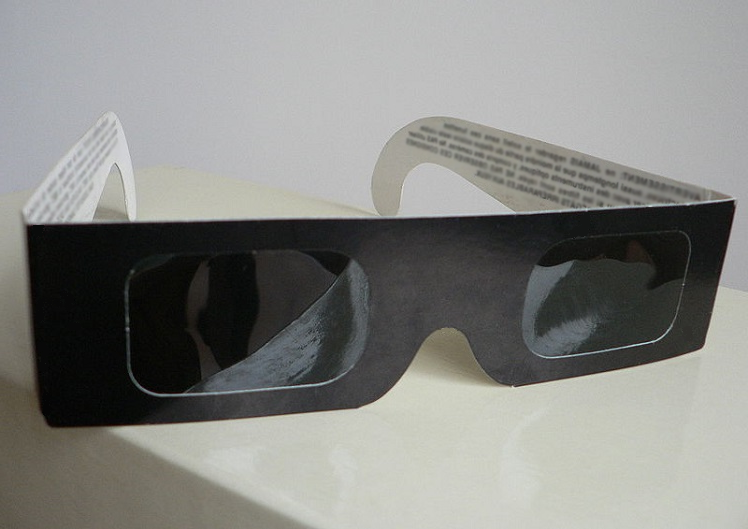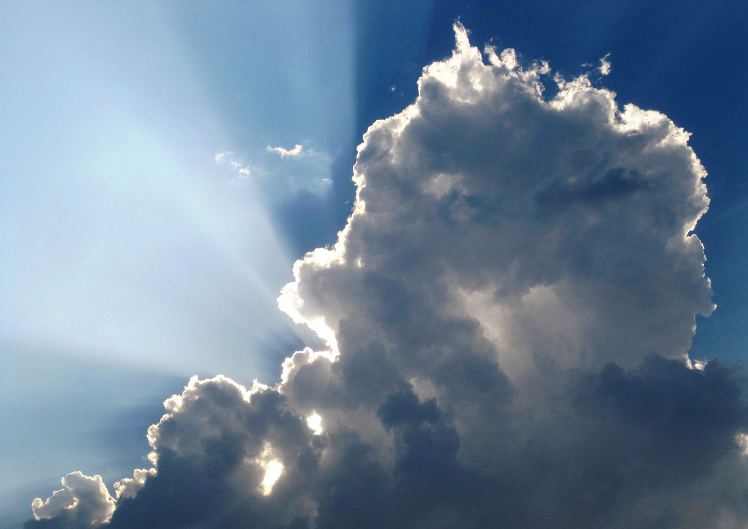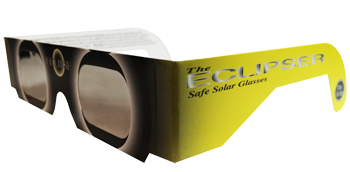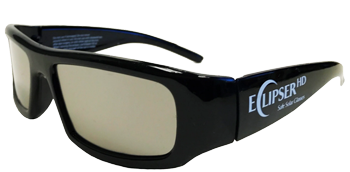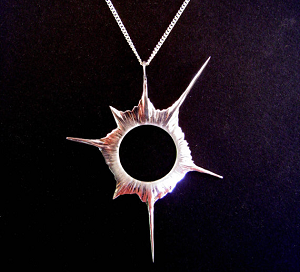What is an Eclipse?
A solar eclipse occurs when the Moon passes directly between the Earth and the Sun and the Moon blocks the Sun for a viewer on Earth. During a total eclipse, the Moon lines up perfectly to fully obscure the Sun, resulting in "totality"; in a partial eclipse, the Moon and the Sun are not perfectly aligned and only part of the Sun is blocked; and during an annular eclipse, alignment is perfect but the Moon is too far away from the Earth to completely obscure the Sun. The fact that a total solar eclipse is visible from Earth only along a very narrow path for just a few short minutes makes totality one of nature's rarest events.



